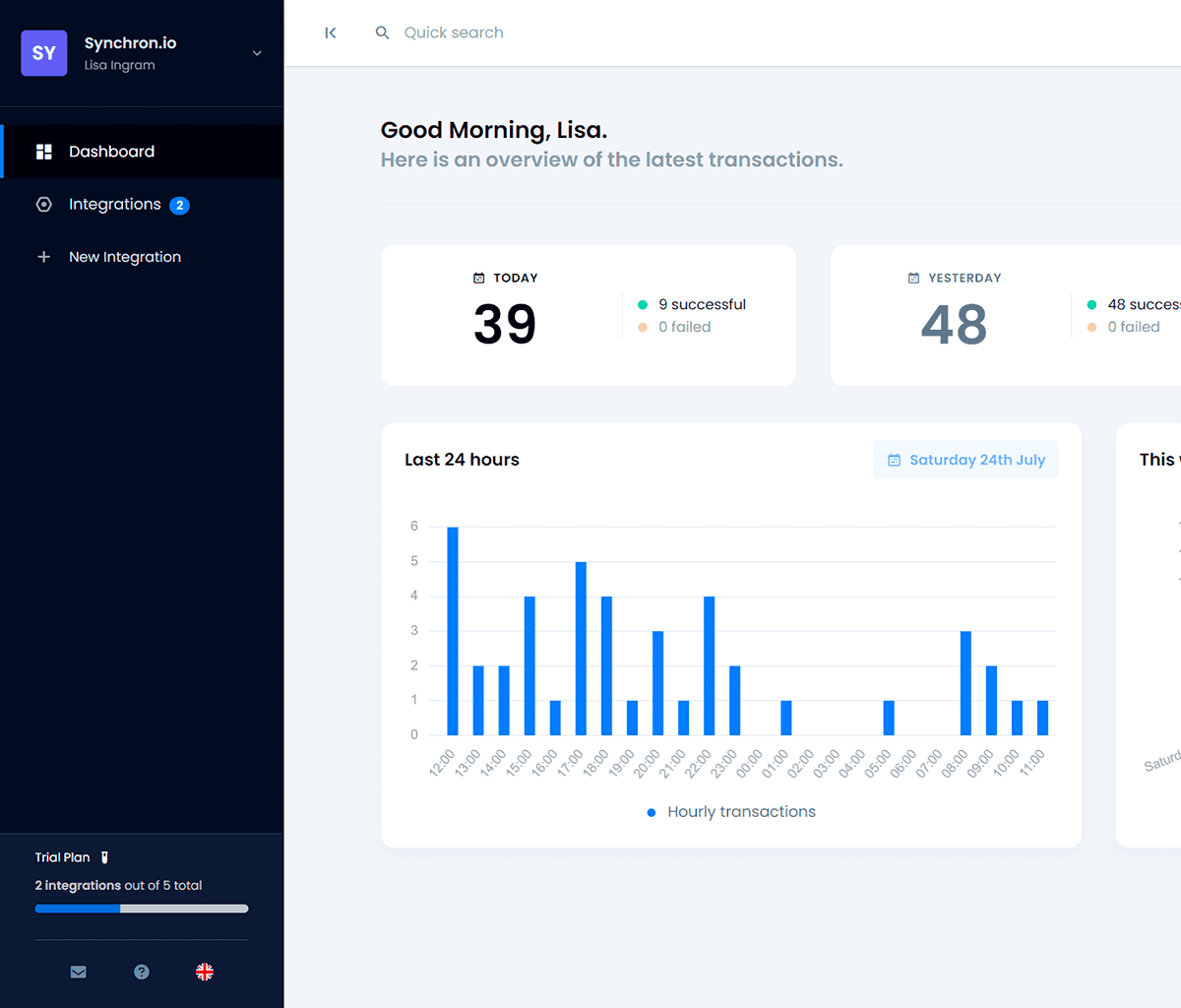Why Synchronise Sellsy?
Discover the synchronisations supported by Synchron.io
Sellsy is an accounting / CRM software that holds sales pipelines, invoices, payment status, and projects under one roof.

Connect Sellsy with...
E-commerce
Marketplace
Invoicing
Customer Relationship
Accounting

Synchron.io

Sellsy
Track your Inventory
Synchron imports your products from your e-commerce site into your ERP. When the stock is updated there, Synchron will take care of updating the inventory on your merchant site.
Control your Sales
Synchron can import your orders and generate invoices in your ERP management system.
We regularly add new applications, as long as they are popular and likely to appeal to the largest number of people.
Feel free to contact us by specifying the name of the app or cloud service that you wish to connect to Sellsy, and we will let you know if this integration is possible or already planned.
Discover the applications
Easily integrate your apps and cloud services with our growing library of connectors.
View all applications




















